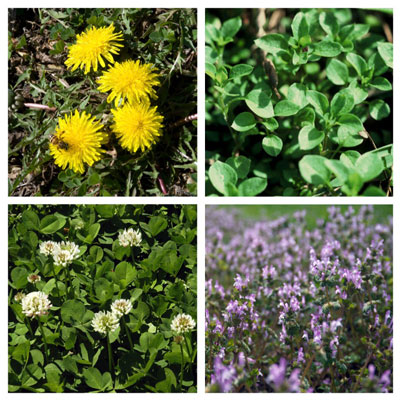Quick Garden Tip: Broadleafed Weedkiller Spray
Most of Texas got hit pretty hard with cold weather in November. It was unusually early and unusually cold for that time of the year.

More recently, however, we’ve had some relatively balmy weather and the broadleafed weeds have started to grow.
I spent a few minutes glancing ahead at the 10-day forecasts across the state and I’m going to plant a seed of thought. This is not necessarily a recommendation, but just a bit of education.
If you get a few consecutive days where daytimes will be in the 50s, 60s and 70s and when it’s not expected to freeze overnight, and if it’s not expected to rain, that might be a time for you to apply a broadleafed weedkiller spray (containing 2,4-D) to your lawn to eliminate these cool-season, non-grassy weeds before they get big and ugly in 4-6 weeks. That’s when they’ll start blooming and going to seed. You can bypass all of that by killing them before they get that chance.
Read and follow the label’s instructions!
But follow the label directions. They’ll probably warn you:
• Don’t spray when it’s windy (more than 5 mph).
• Don’t apply herbicide sprays if rain is expected within 24 hours.
• Keep sprays aimed away from desirable trees and shrubs, also away from annuals and perennials.
• I prefer to use tank sprayers so I can adjust pressure and droplet size, also so I can apply the spray directly onto the specific weeds. Hose-end sprayers do not allow that precision.
• Do not mow for several days before or after you spray. The herbicide, to be effective, must be applied to active new growth.
• Be patient. These hormone-type weedkillers require several days to show effects.
• You may need to retreat should additional plants show up later in the winter.
